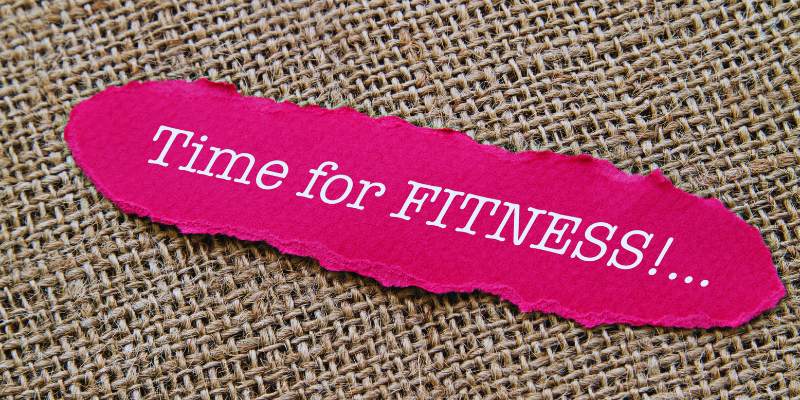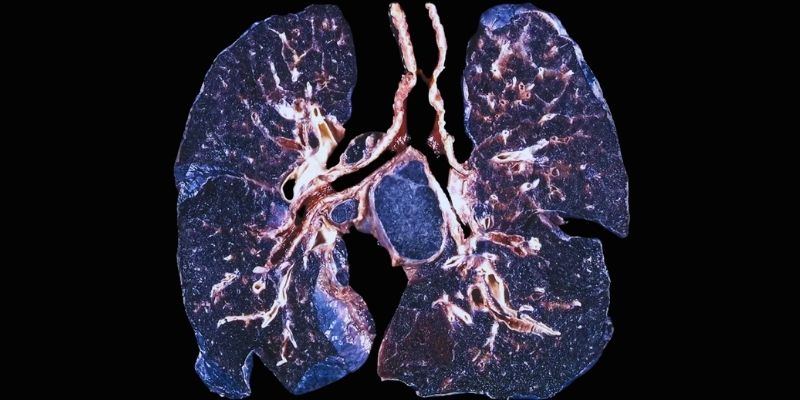Iron is essential for maintaining energy, focus, and overall health, yet many don't get enough. Low iron levels can lead to noticeable symptoms like fatigue, pale skin, and dizziness. Identifying these signs early is crucial. This guide explores common symptoms of iron deficiency and natural ways to improve your intake for better well-being.
Why Iron Is Important for Your Body
 Iron is a vital mineral your body needs to function. It carries oxygen from your lungs to the rest of your body through your blood. Without enough iron, your body can’t make healthy red blood cells, causing fatigue, weakness, and other health issues.
Iron is a vital mineral your body needs to function. It carries oxygen from your lungs to the rest of your body through your blood. Without enough iron, your body can’t make healthy red blood cells, causing fatigue, weakness, and other health issues.
Iron also supports your muscles and brain, keeping you focused, energetic, and active. Even with a good diet, you might not be getting enough iron. Here’s how to recognize low iron levels and what to do about it.
How Much Iron Do You Need?
The amount of iron you need depends on your age and lifestyle. Children, teenagers, and adults all need different levels. Your daily needs can also depend on your overall diet and how well your body absorbs iron.
Recommended Daily Iron Intake
- Children (4–8 years): about 10 mg per day
- Teenagers (9–13 years): around 8–10 mg
- Adults: about 8–18 mg depending on age and gender
- Seniors (50+): around 8 mg
Some people may need more, especially if they are active, growing, or recovering from illness.
Common Signs of Low Iron Levels
It’s not always easy to tell if you’re low on iron just by how you feel. But there are some common signs that your body may not be getting enough:
1. Feeling Tired All the Time
If you’re always feeling drained, even after a full night’s sleep, it could be a sign of low iron. Iron is essential for making hemoglobin, a protein in red blood cells that carries oxygen. Without enough iron, your body doesn’t get the oxygen it needs, leaving you fatigued and sluggish.
2. Pale or Yellowish Skin
Look closely at your face, hands, or the inside of your eyelids. If your skin looks unusually pale or yellowish, it might be due to low iron. This happens when your body isn’t making enough red blood cells, which give skin its healthy color. These subtle changes can signal anemia from iron deficiency.
3. Shortness of Breath
Struggling to catch your breath after climbing stairs or light exercise? This may be a symptom of low iron. Without enough hemoglobin, your blood can’t carry oxygen effectively to your muscles, making physical activity harder than usual.
4. Headaches or Dizziness
Frequent headaches or dizziness might be linked to low iron. When your brain doesn’t get enough oxygen-rich blood, it can cause pressure and discomfort, leading to headaches. Feeling lightheaded, especially when standing quickly, is another common symptom.
What Causes Low Iron Levels?
There are several reasons why someone might have low iron levels, even if they eat regularly. Understanding these causes can help address the issue effectively.
1. Poor Diet
Iron is an essential mineral, and not eating enough iron-rich foods can lead to low levels. Diets lacking leafy greens, lentils, beans, red meat, or fortified cereals can leave you deficient, especially for vegetarians or vegans without balanced nutrition.
2. Poor Absorption
Even with enough iron in your diet, your body might not absorb it properly. Digestive conditions like celiac disease, Crohn’s disease, or certain surgeries can affect absorption. A lack of vitamin C can also make it harder to absorb iron from plants. Pairing iron-rich foods with vitamin C, like oranges or bell peppers, can help.
3. Blood Loss
Since blood contains iron, losing blood means losing iron. This can result from heavy periods, injuries, surgeries, or internal bleeding from ulcers or other conditions. Chronic or unnoticed blood loss, such as from gastrointestinal issues, can cause ongoing iron deficiencies that may need medical attention.
How to Check Your Iron Levels
The best way to know for sure is to get a blood test. A doctor can check your haemoglobin and ferritin levels. These tests show how much iron is in your blood and how much your body is storing.
How to Boost Your Iron Naturally
If you find out you need more iron, you don’t always have to take supplements. You can start by improving your diet and habits.
Eat Iron-Rich Foods
Try to add the following foods to your meals:
- Spinach, kale, and other dark green vegetables
- Lentils, chickpeas, and beans
- Tofu and soy products
- Pumpkin seeds and sunflower seeds
- Whole grains like oats and quinoa
- Iron-fortified cereals and breads
Add Vitamin C to Your Diet
Vitamin C helps your body absorb iron better. Combine iron-rich foods with:
- Oranges
- Tomatoes
- Strawberries
- Bell peppers
- Broccoli
Avoid Iron Blockers
Some things can reduce how well your body absorbs iron. These include:
- Drinking tea or coffee with meals
- Eating a lot of dairy products at the same time as iron-rich foods
Try to have these drinks and foods at different times of the day.
Simple Daily Habits to Maintain Iron Levels
 Keeping your iron levels healthy doesn’t have to be complicated. A few simple changes to your daily routine can make a big difference:
Keeping your iron levels healthy doesn’t have to be complicated. A few simple changes to your daily routine can make a big difference:
1. Plan Balanced Meals
To maintain iron levels, aim to include a variety of iron-rich foods in your meals. Pair them with vitamin C, which helps your body absorb iron more effectively. For example, you can create a nutritious lunch by combining lentils, spinach, and tomatoes in a hearty salad or bowl. Add a splash of lemon juice for extra vitamin C.
2. Read Food Labels
Many packaged foods, such as cereals, bread, and grains, are fortified with iron to help boost your intake. Pay attention to labels and choose products that specifically mention “iron-fortified.” These can be a quick and easy way to supplement your diet, especially if you’re short on time during a busy morning.
3. Cook in Iron Cookware
Using cast iron pots and pans for cooking can naturally increase the iron content of your meals. When you cook acidic foods like tomato sauce in cast iron cookware, some of the iron transfers to the food, giving you a small but helpful boost. It’s a simple way to add more iron without changing what you eat.
When to See a Doctor
If you have several symptoms of low iron, such as fatigue, weakness, pale skin, or difficulty concentrating, or if you feel tired all the time without a clear reason, it’s important to talk to a healthcare provider. They can perform blood tests to check your iron levels and determine if you have an iron deficiency or another underlying issue.
Avoid guessing or taking iron supplements without professional advice, as too much iron can lead to serious health problems, such as organ damage or iron overload. Always seek guidance to ensure safe and effective treatment options.
Final Thoughts
Iron is a small nutrient, but it plays a big role in how your body works. It helps carry oxygen to your cells, supports energy production, and keeps your immune system strong. If you often feel tired, dizzy, weak, or have trouble focusing, it might be time to check your iron levels, as these could be signs of iron deficiency. Eating iron-rich foods like spinach, lentils, red meat, or fortified cereals can help boost your levels. Pairing these foods with vitamin C—like citrus fruits or tomatoes—can improve iron absorption.












